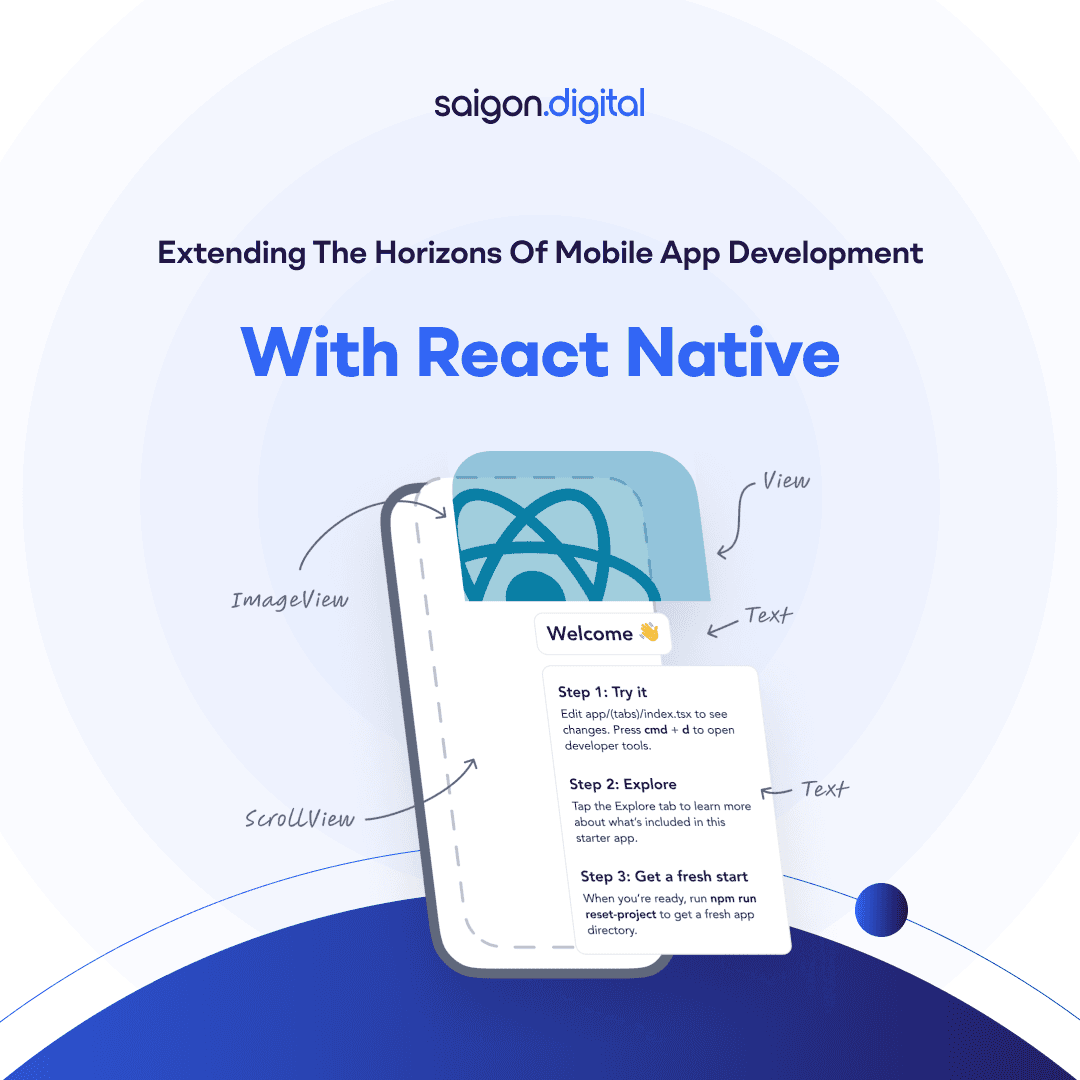Building Scalability for Web Applications with Saigon Digital
Scalability is the cornerstone of modern web development. As user bases expand and demands evolve, the ability of web applications to grow seamlessly becomes paramount. In this post, we explore the essentials of building scalable web applications, delving into strategies and technologies that empower developers to create robust systems capable of handling dynamic demands.
Understanding Scalability in Web Development
Scalability in web development involves two key approaches: vertical scaling and horizontal scaling.
- Vertical Scaling: Vertical scaling, or scaling up, entails increasing the capacity of individual components, like upgrading hardware resources such as CPU or RAM on a single server. While simple to implement, it has limits and may lack redundancy.
- Horizontal Scaling: Horizontal scaling, or scaling out, spreads the workload across multiple servers or nodes. This approach offers greater scalability and fault tolerance but requires managing distributed systems.
Both vertical and horizontal scaling have their advantages and are chosen based on factors like anticipated growth and performance needs. Often, a mix of both techniques is used to achieve optimal scalability for web applications.
Architectural Patterns for Scalability
Scalable architectural patterns such as microservices, serverless, and distributed systems enable flexible and resilient web applications. Microservices promote modularity and independence, while serverless architectures offer on-demand scalability and cost-efficiency. Distributed systems leverage the power of multiple nodes to handle increased loads and ensure fault tolerance.
Database Scalability Strategies
Database scalability is crucial for managing growing data volumes and increasing operations efficiently. Here are some key strategies:
- Sharding: Partition data across multiple database instances based on a key. This improves scalability by distributing the workload, but it also adds complexity.
- Replication: Create copies of data across multiple servers to distribute read queries and improve fault tolerance. However, it doesn’t directly address scalability.
- Partitioning: Divide large tables or indexes into smaller partitions for parallel processing and better query performance. It requires careful planning.
- Caching: Store frequently accessed data in memory to reduce database queries and improve read scalability. Challenges include cache invalidation and data consistency.
- Denormalisation: Restructure the database schema to reduce complex joins and improve query performance. This can speed up read operations but may increase storage requirements.
Scalable Infrastructure and Deployment
Reliable performance and the ability to accommodate increasing user demands depend on a scalable infrastructure. The following are important deployment and infrastructure scalability strategies:
- Cloud Computing Platforms: Utilise cloud services such as AWS, Azure, or Google Cloud for scalable infrastructure. These platforms offer on-demand resources, auto-scaling capabilities, and global availability zones to handle fluctuating workloads efficiently.
- Containerisation and Orchestration: Deploy applications consistently using Docker, managed with Kubernetes for automated scaling and load balancing.
- Infrastructure as Code (IaC): Provision and manage infrastructure programmatically with tools like Terraform for consistency and scalability.
- Auto-scaling and Load Balancing: Configure auto-scaling policies to dynamically adjust resource allocation based on workload demands. Load balancers distribute incoming traffic across multiple instances or containers, ensuring high availability and scalability while minimising downtime.
- High Availability and Disaster Recovery: Ensure continuous availability with redundant architectures, data replication, and disaster recovery mechanisms across multiple regions or availability zones.
Conclusion
Developing scalable web applications necessitates a methodical approach to infrastructure, architecture, and performance enhancement. Businesses can create web applications that can expand with their user base and change to meet changing demands in the digital landscape by implementing best practices for performance optimisation and monitoring, leveraging scalable infrastructure solutions, and embracing scalable architectural patterns.
Ready to scale your web application to meet growing demands? Schedule a consultation with Saigon Digital today to harness expert scalability strategies tailored to your needs.
But a robust web application is just one piece of the puzzle. In today’s digital world, ensuring your target audience can find your application online is crucial. Explore Saigon Digital’s SEO services and see how we can help your application rank higher in search engine results, driving organic traffic and user acquisition.
Interested in more insights? Explore our other informative blogs to stay ahead in the digital landscape!





